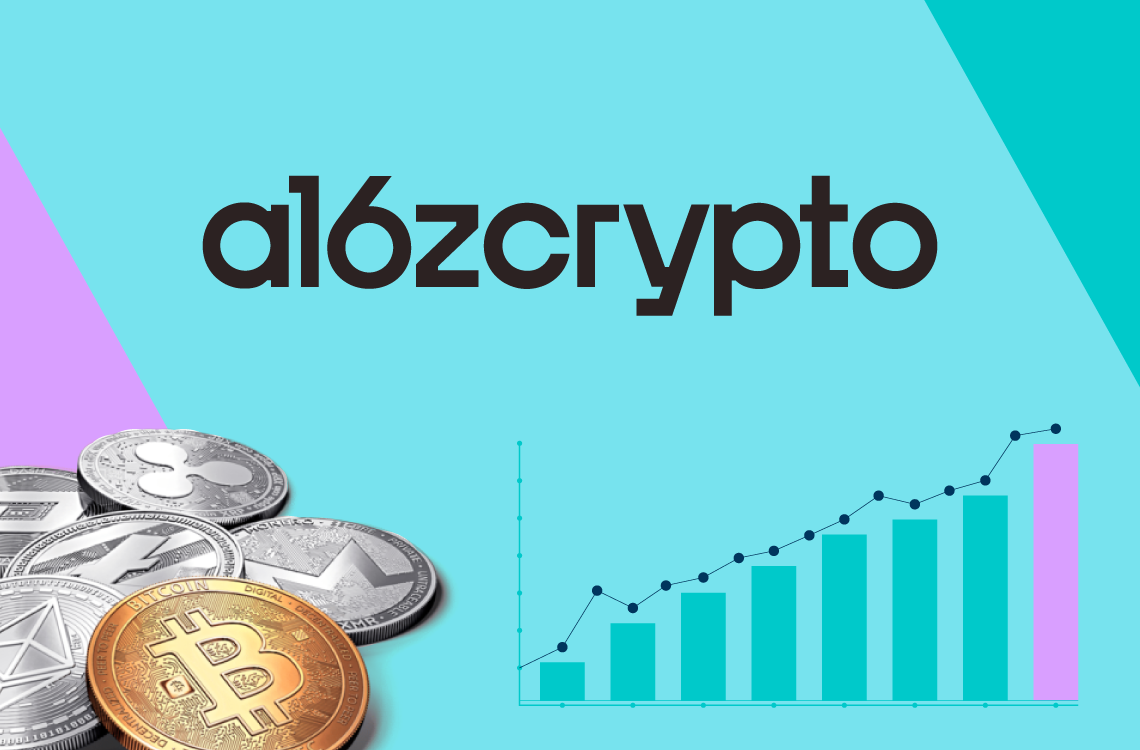A new report from Andreessen Horowitz (a16z), the Silicon Valley venture capital firm, highlights the continued growth and development of the crypto industry. Despite market fluctuations, the report indicates that the industry is steadily progressing toward greater adoption and innovation.
The report, titled “State of Crypto,” provides insights into the current state of the crypto industry, offering a more accurate and nuanced measure of the industry’s health from a technological perspective.
Blockchains Have More Active Users, and More Ways to Engage
The report shows that there are more monthly active addresses than ever before, with 15 million sending addresses last month, more than twice as many as two years ago when prices were still elevated.
One possible explanation is the growing variety of apps and services, like on-chain games, that offer people new ways to engage.
Additionally, scaling technologies are attracting more transactions with lower gas fees, and the total number of blockchain transactions has grown by over 50% in the past two years.
DeFi and NFT Activity Appears to Be Rising Again
After a speculative period, the number of NFT buyers appears to be rising again. Decentralized exchanges are trading over $100 billion despite volatility, and the promise of NFTs and decentralized finance (DeFi) to transform the economics of the internet endures.
In recent months, we’ve seen an uptick in both NFT buyers and DEX volume, with Uniswap – a decentralized exchange – having higher trading volume than Coinbase – the largest centralized exchange in the U.S. – for the last two consecutive months.
Web3’s structurally lower take rates, where users genuinely own their digital goods and can bring these goods to any platform they please, are attracting both users and creators.
The Number of Active Developers in the Crypto Industry Has Held Steady
Despite market fluctuations, there are nearly 30,000 monthly active developers in the crypto industry today. Sustained development across crypto has been noted, with nearly 50,000 unique addresses deploying smart contracts last month, a 40% rise just this year.
More of these contracts were verified, and more core developer libraries were used to interact with them than ever before. An open-source, decentralized computing platform like crypto can act as a multiplier when its composable components are reused, recycled, and adapted by others, offering an exponential force for developers.
Blockchains Are Scaling Through Promising New Paths
Blockchain scaling allows more people, transactions, and complex applications into the fold. The report notes many promising new paths, with L2 blockchain technology designed to scale underlying L1 blockchains, like Ethereum, by offering more blockspace, increasing transaction throughput, and lowering fees.
Last year, L2s accounted for 1.5% of the fees paid on Ethereum, with that share quadrupling to 7% of the total fees paid on Ethereum today.
Ethereum underwent a major upgrade when the network transitioned from “proof-of-work” to a “proof-of-stake” consensus mechanism, marking an architectural shift that massively reduced Ethereum’s energy footprint.
New Technologies, Once Practically Impossible, Are Becoming Very Real
The report highlights rapid progress in “zero-knowledge” systems that unlock blockchain scalability, privacy-protecting applications, and verifiable compute that could enable decentralized machine learning/AI.
These systems involve cryptographic methods for proving or verifying a set of facts is true without revealing any information about those facts. Progress from provers and verifiers to circuits and hardware is promising, with the technology following Moore’s Law-like paces.
The U.S. is losing its lead in web3
Another key finding from the report is that the U.S. is losing its lead in web3. Between 2018 and 2022, the proportion of crypto developers based in the U.S. vs. the rest of the world fell 26%.
This trend highlights the need for thoughtful policy and regulatory guardrails to safely grow and meet the economic potential of the U.S. economy.
Despite the growing, bipartisan push for legislation that could provide much-needed clarity, the report suggests that little regulatory clarity has hindered web3’s growth.
As a result, America’s edge may be slipping, and the report suggests that policymakers need to fight for the future and the potential of these technologies.
The report suggests that crypto needs thoughtful regulation that encourages crypto builders to innovate and grow these technologies safely in the U.S.
This would help to ensure that America remains at the forefront of the crypto industry and benefits from the many economic opportunities that it provides.





